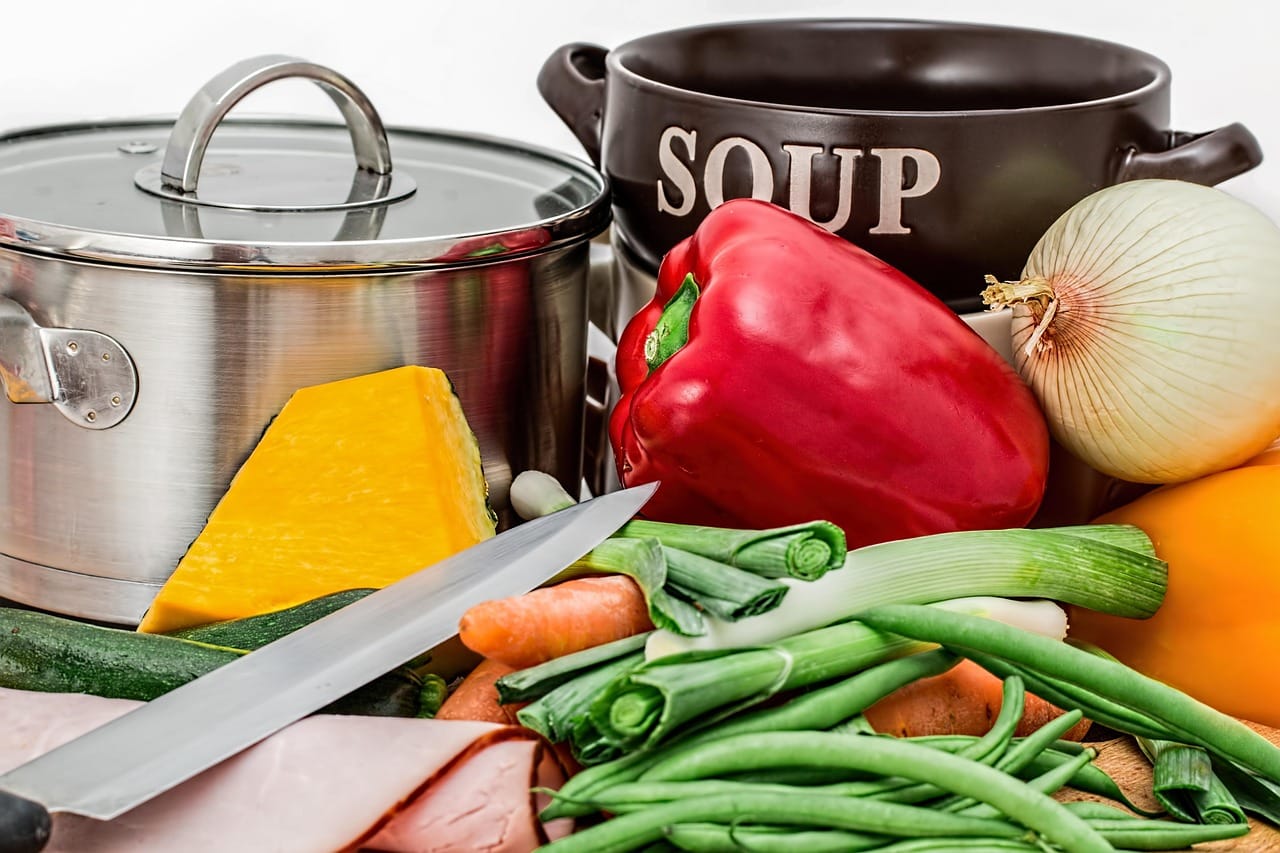The humble omelet, a culinary canvas begging for creativity, is far more than just a quick breakfast. It’s a versatile dish that can be customized for any meal, mood, or dietary need. From classic French techniques to globally inspired flavor combinations, mastering the omelet opens a world of delicious possibilities. Get ready to elevate your egg game!
The Anatomy of a Perfect Omelet
Egg Selection & Preparation
- Freshness matters: Use the freshest eggs possible. The whites should be firm and the yolks vibrant. A simple test: if an egg floats in water, it’s past its prime.
- Room temperature is key: Allowing your eggs to sit at room temperature for about 15-20 minutes before cooking helps them cook more evenly and prevents the pan from cooling down too much when they are added.
- Whisking technique: Whisk the eggs vigorously until the yolks and whites are fully combined and slightly frothy. Over-whisking can lead to a tough omelet, so aim for just blended and light. Add a pinch of salt and pepper at this stage. For extra fluffiness, add a tablespoon of milk or cream per two eggs.
- Straining (optional): For an ultra-smooth omelet, strain the egg mixture through a fine-mesh sieve to remove any chalazae (the white cords attached to the yolk).
Choosing the Right Pan
- Size matters: An 8-inch skillet is ideal for a 2-3 egg omelet. A larger pan can cause the omelet to spread too thin.
- Non-stick is your friend: A good quality non-stick skillet is crucial for preventing sticking and ensuring a smooth, unbroken omelet.
- Seasoned cast iron: If you’re confident and have a well-seasoned cast iron skillet, it can also be used, but requires careful temperature control.
Mastering the Heat & Technique
- Medium-low heat: Patience is key! Preheat your skillet over medium-low heat. Too high of a heat will cause the eggs to cook too quickly and become rubbery.
- Butter or oil: Use about a teaspoon of butter (for flavor) or oil (for higher heat tolerance) to coat the pan evenly. The butter should melt and coat the pan without browning.
- Pour and swirl: Pour the egg mixture into the hot pan. Immediately swirl the pan to distribute the eggs evenly and create a thin layer.
- Gentle manipulation: As the edges begin to set, gently push the cooked egg towards the center with a spatula, allowing the uncooked egg to flow underneath. Tilt the pan to help this process.
- Even cooking: Continue cooking until the omelet is mostly set but still slightly moist on top.
Omelet Filling Ideas: From Classic to Creative
Classic Combinations
- Ham and Cheese: A timeless pairing! Use diced ham and your favorite cheese (cheddar, Swiss, or Gruyere work well).
- Mushroom and Swiss: Sautéed mushrooms with a nutty Swiss cheese. Consider adding a touch of garlic or thyme for extra flavor.
- Western Omelet: Diced ham, bell peppers, and onions.
- Spinach and Feta: Wilted spinach and crumbled feta cheese offer a Mediterranean-inspired twist.
Global Flavors
- Mexican Omelet: Chorizo, black beans, corn, salsa, and Monterey Jack cheese. Top with avocado and sour cream.
- Mediterranean Omelet: Sun-dried tomatoes, olives, artichoke hearts, and goat cheese.
- Asian Omelet: Scallions, bean sprouts, and soy sauce. Consider adding shrimp or shredded chicken.
Vegetarian Delights
- Asparagus and Brie: Tender asparagus spears and creamy brie cheese.
- Tomato, Basil, and Mozzarella: A Caprese-inspired omelet with fresh ingredients.
- Roasted Vegetable Omelet: Roasted bell peppers, zucchini, eggplant, and onions with a sprinkle of Parmesan cheese.
Tips for Adding Fillings
- Pre-cook ingredients: Raw vegetables, meats, and even some cheeses should be pre-cooked before adding them to the omelet. This ensures they are cooked through and don’t release excess moisture into the omelet.
- Don’t overfill: Too many fillings will make the omelet difficult to fold and can result in a soggy mess. Aim for about 1/2 cup of fillings for a 2-3 egg omelet.
- Placement matters: Sprinkle the fillings evenly over one half of the omelet before folding.
Folding and Serving Your Masterpiece
The Fold
- Gentle fold: Once the fillings are added, use your spatula to gently fold the omelet in half, covering the fillings.
- Slide and serve: Carefully slide the omelet onto a plate.
Presentation
- Garnish: Garnish with fresh herbs, a sprinkle of cheese, or a dollop of sour cream.
- Accompaniments: Serve with toast, fruit, or a side salad.
Omelet Variations
- Frittata: Similar to an omelet but cooked in the oven. Fillings are mixed directly into the egg mixture.
- Spanish Tortilla: A thick potato and onion omelet that is cooked slowly on the stovetop and then flipped.
Nutritional Benefits of Omelets
- Protein-packed: Eggs are an excellent source of high-quality protein, essential for muscle building and repair. One large egg contains about 6 grams of protein.
- Rich in vitamins and minerals: Eggs are a good source of vitamins D, B12, riboflavin, and choline.
- Customizable to dietary needs: Omelets can be easily adapted to fit various dietary restrictions, such as gluten-free, keto, or vegetarian diets. By choosing the right fillings, you can create a healthy and balanced meal. For example, adding vegetables increases fiber and vitamin intake, while lean protein sources such as chicken or turkey provide essential amino acids.
- Satiety: The high protein and fat content of eggs can help you feel full and satisfied, potentially aiding in weight management.
Conclusion
Mastering the omelet is a rewarding culinary skill that opens a world of breakfast, lunch, and dinner possibilities. From the simple act of whisking eggs to the creative selection of fillings, each step contributes to a delicious and satisfying dish. So grab your skillet, experiment with flavors, and enjoy the versatile and nutritious delight that is the omelet!




